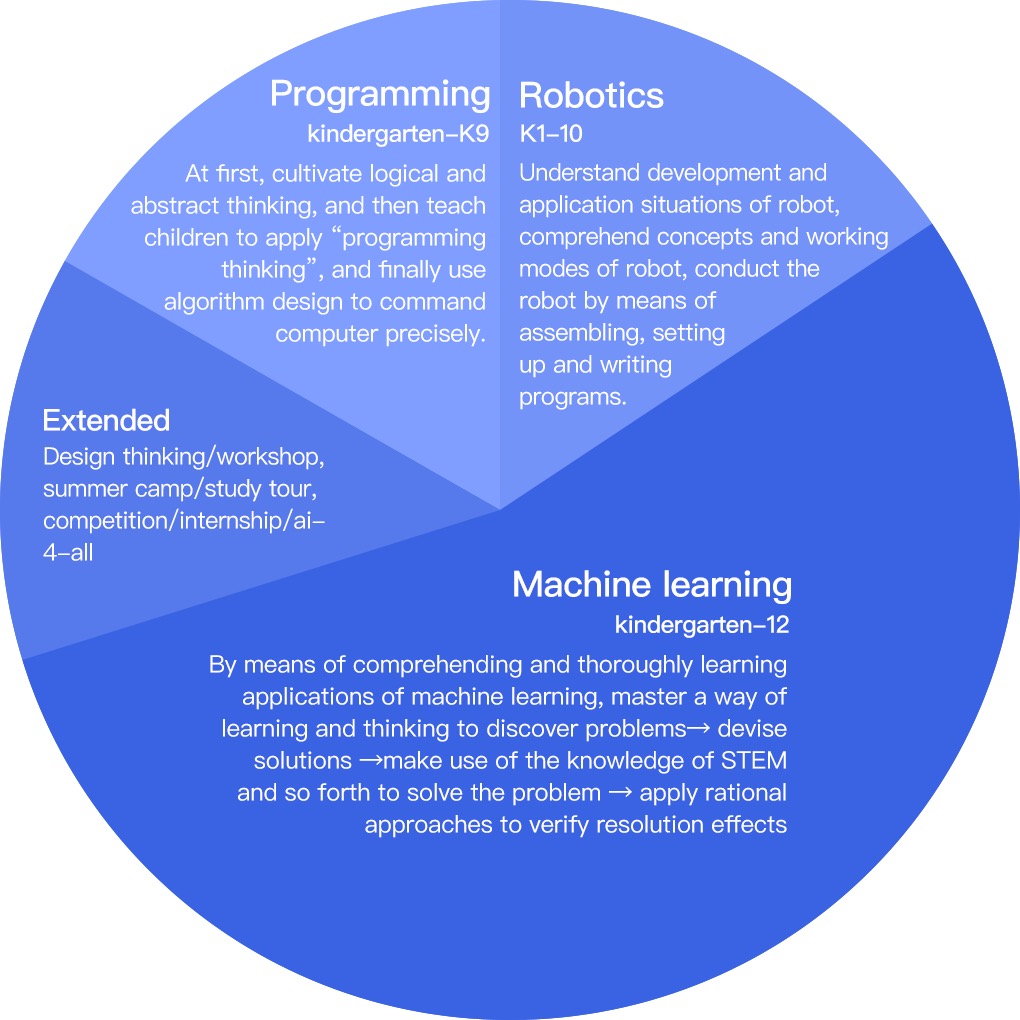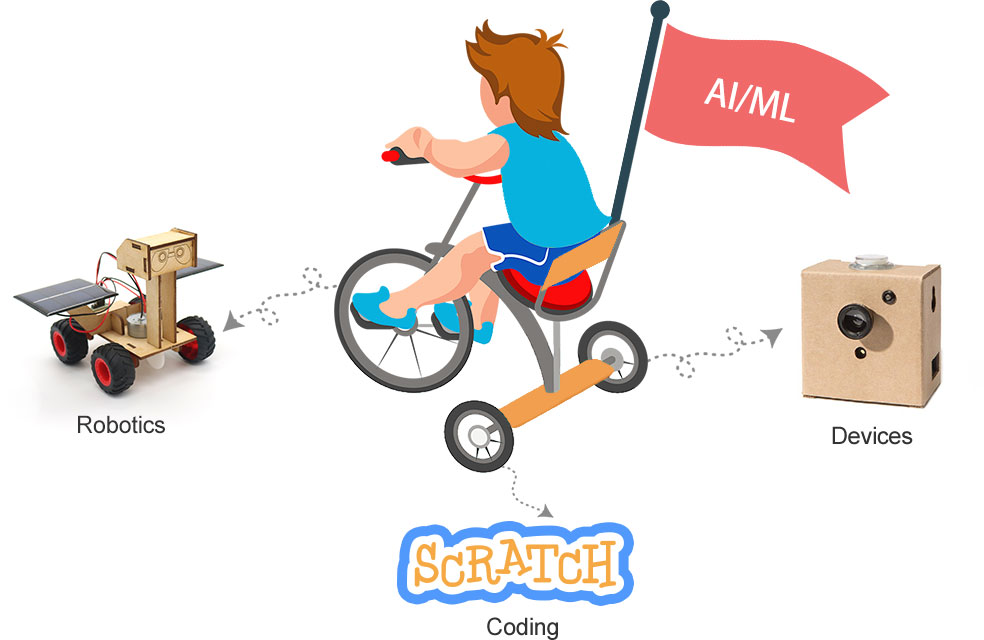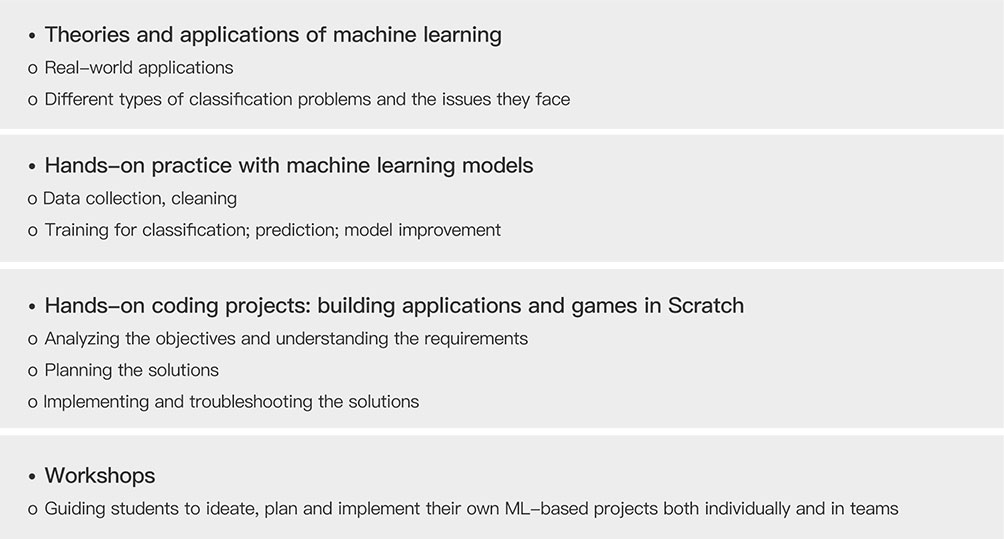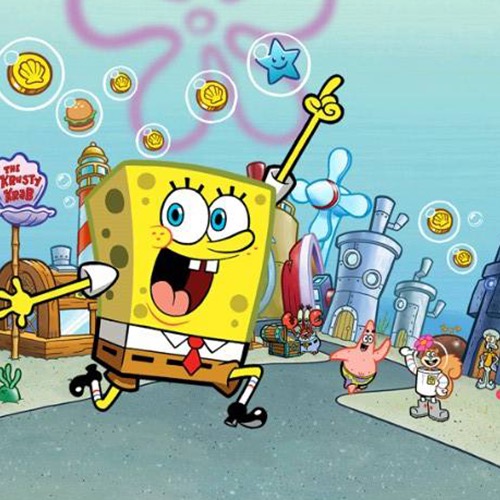Systematization of curriculum
focus on k1-3;learning Scratch and introduction toAI, Learn how to make simple AI games and applications.
For primary and middle school grade k4-10, we encapsulate AI/ML as toolkit tool, combined with programming software. Student will use intelligent AIY and robot to learn. They can use the AI tools we provide to invent and create their own real-world applications and games.
Really get into the ML/DL world. Learning Systematically of the API and even like tensorlow for competition. And gradually learning the AI in industrial strength to invent and create ML applications or robot applications.
Completely remove the encapsulation, understanding DL in detailed an in-depth; the practical projects is includes developing applications.
Self-study of the courser of the DL lessons, and we provide the Q&A.

What does Thinkland teach with?
The students will start from visual programming language Scratch and gradually progress to the text-based Python and JavaScript. The transition from in-browser environments to desktop computing, to the more physical Raspberry Pi robotic controller, and ultimately to the more powerful AI cloud will take place smoothly, as the students gain problem solving skills and confidence in their understanding of different AI capabilities. In time, they will become more creative in their tackling of real-world problems.


